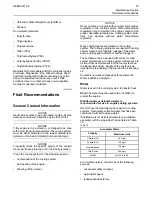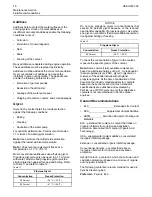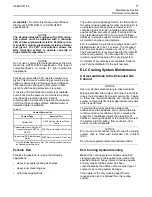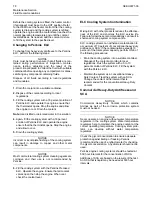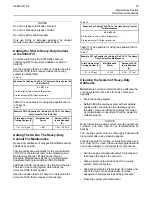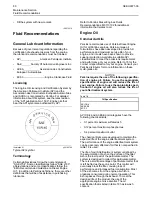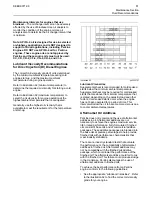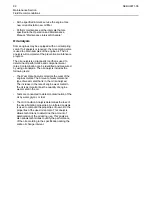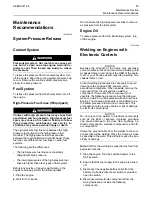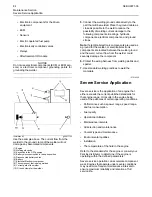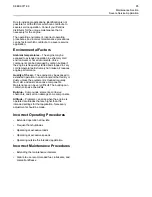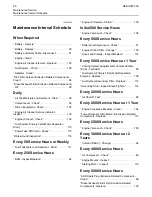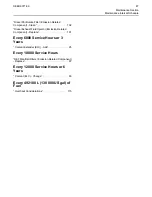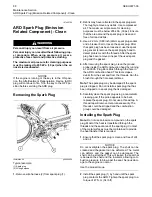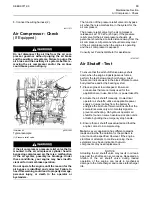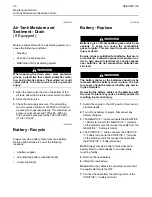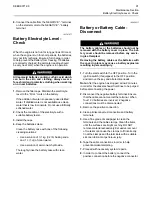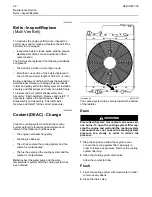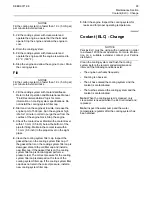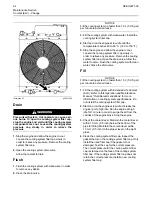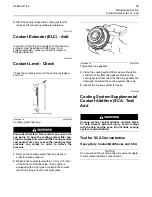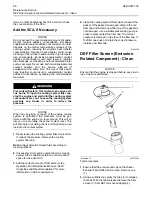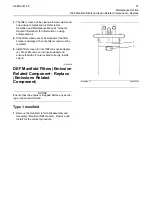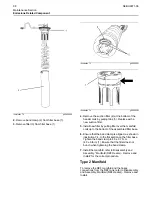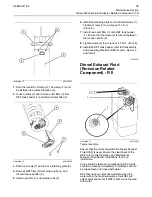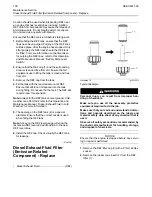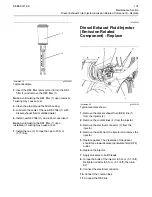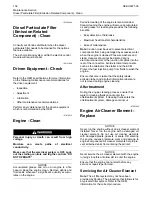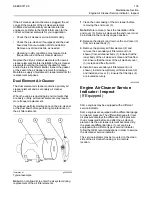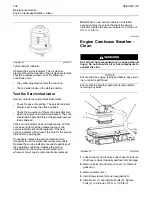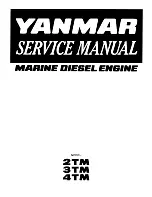
i06111571
3.
Connect
the
wiring
harness
(2).
Air
Compressor
-
Check
(If
Equipped)
Do not disconnect the air line from the air com-
pressor governor without purging the air brake
and the auxiliary air systems. Failure to purge the
air brake and the auxiliary air systems before re-
moving the air compressor and/or the air lines
could cause personal injury.
Illustration 65
g03813903
Typical example
(1) Pressure relief valve
If the air compressor pressure relief valve that is
mounted in the air compressor cylinder head is
bypassing compressed air, there is a malfunction
in the air system, possibly ice blockage. Under
these conditions, your engine may have insuffi-
cient air for normal brake operation.
Do not operate the engine until the reason for the
air bypass is identified and corrected. Failure to
heed this warning could lead to property damage,
personal injury, or death to the operator or
bystanders.
The function of the pressure relief valve is to bypass
air when there is a malfunction in the system for the
air compressor.
The pressure relief valve for the air compressor
releases air at 1723 kPa (250 psi). If the pressure
relief valve for the air compressor exhausts, all
personnel should be at a safe distance away from the
air compressor. All personnel should also stay clear
of the air compressor when the engine is operating
and the air compressor is exposed.
Consult your Perkins distributor for assistance.
i07297207
Air
Shutoff
-
Test
To
ensure
that
the
air
shutoff
valve
always
shuts
down
when
the
engine
ingests
gaseous
fumes,
perform
the
test
below
at
each
oil
change.
A
test
failure
can
indicate
wear
in
the
block
off
plate
to
valve
body
interface
and/or
the
bearing
system.
1.
Place engine at low idle speed. Ensure all
accessories that are normally used for the
application are in use, like a fan, or power takeoffs.
2.
Actuate the air shutoff manually. On electrical
operator air shutoffs, utilize an applicable power
supply or jumper cables from the battery to
energize the air shut-off solenoid. Ensure that the
solenoid receives only a momentary signal to
prevent overheating. On hydraulic operator air
shutoffs, found on some hazardous location units,
actuate by pulling the emergency stop handle.
3.
Ensure that air shutoff was actuated and that the
engine comes to a complete stop.
Note:
As every application has different parasitic
loads and inertia, the duration for the problem to
occur cannot be specified. However, if the engine
stumbles or attempts to continue running, these
symptoms may be an indication that worn
components may need replacement.
NOTICE
Actuating the air shutoff valve may result in oil leak-
age past the shaft seal in some cases. Repeated ac-
tuation of the air shutoff valve during loaded
operation of the engine can result in mechanical
damage to the turbocharger and reduce turbocharger
life.
SEBU9071-06
89

